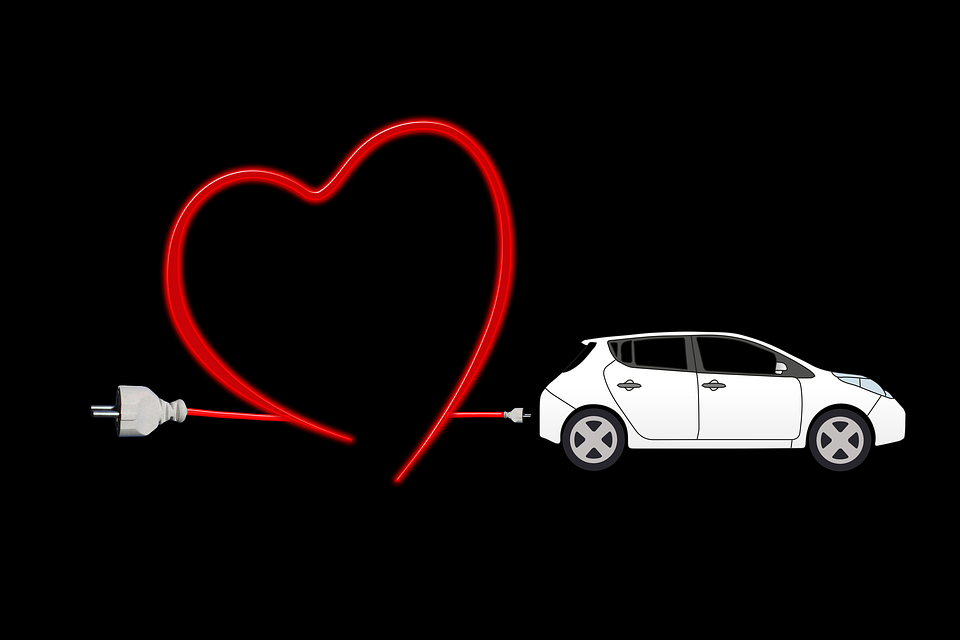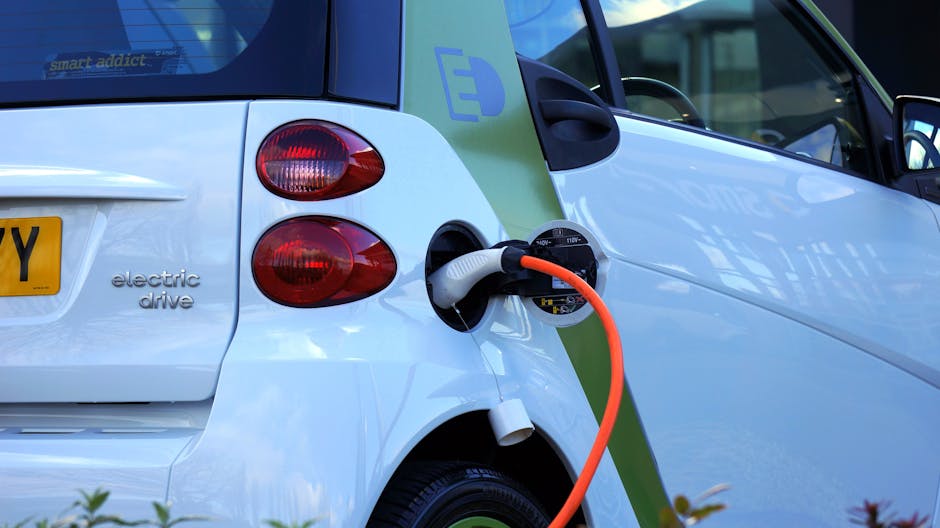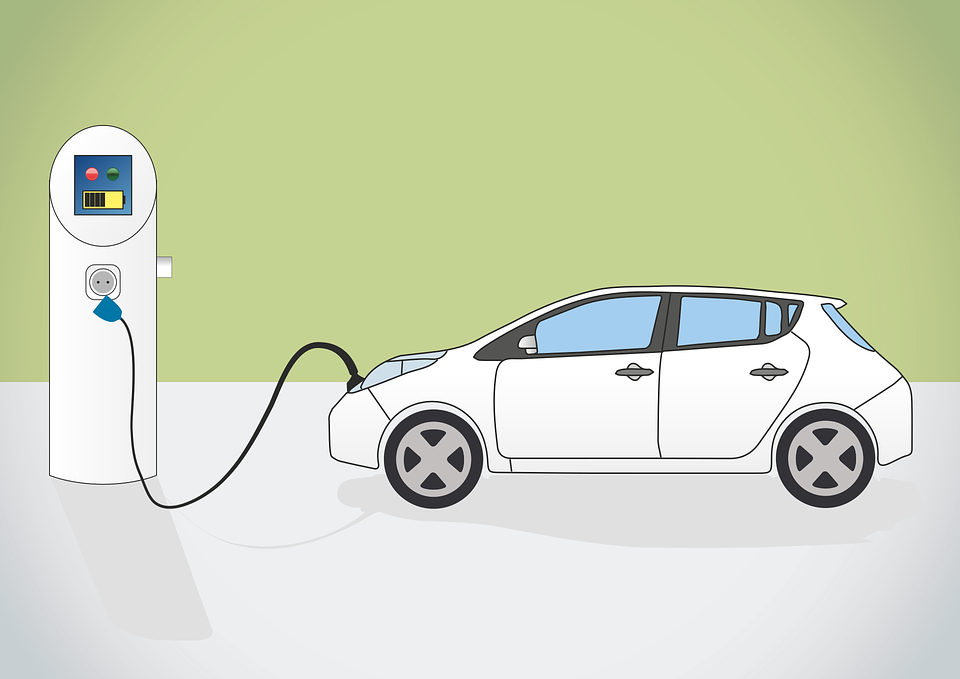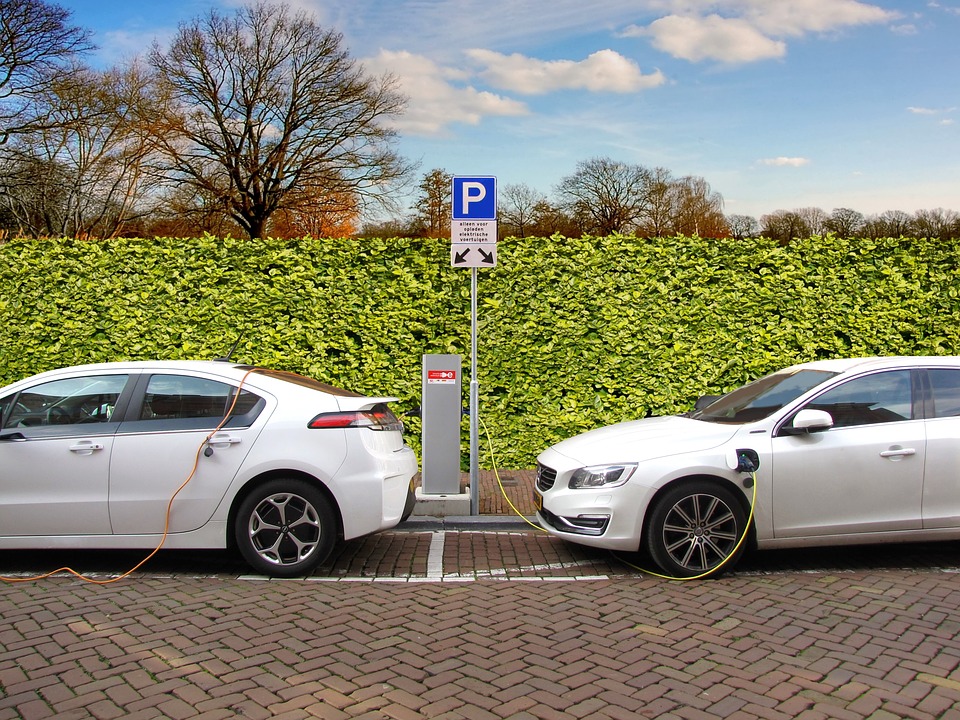If you’ve recently bought a Tesla Model 3 then you might be surprised to hear about the incredible resale values. While it might be tempting to sell your Tesla Model 3 early to rake in the premiums, it’s a bit pointless to own such a unique piece of technology only to sell it for the sake of money. It’s far better to actually put the vehicle to use in a number of different situations so you can experience the joys of electric driverless technology.
But with that said, it’s still not a bad idea to try and retain as much resale value as you can. Although consumer reports are pointing towards the Model 3 being the most reliable car from Tesla, it’s still a good idea to brush up on your resale value skills in order to keep the car looking and driving great after several years.
To get you started, we’ve put together a list of tips that will help you ensure that your Tesla Model 3 retains as much value as possible.
Tinting the Windows
The interior of a Tesla Model 3 is beautiful and stunning to look at. Make sure you visit a company like Tint Factory to request a professional window tint. This will protect the interior from damage by the sun’s UV rays, thus extending the lifetime of the luxurious interior. The appearance of the Model 3 is often what can convince people to purchase it, which is why taking care of the interior can improve its resale value.
Maintaining the Battery
If it’s your first electric vehicle, then there are a couple of things you need to keep in mind about the battery. Managing an electric car battery is entirely different from traditional engines, so here are a few things to keep in mind:
- Mind the temperatures – Extreme temperatures can have adverse effects on the battery. The battery itself has thermal management systems, but it’s still important to keep the battery at a stable temperature. This means avoiding climates that are too hot or too cold. If you need to store the vehicle outside for a long period, then make sure it is covered. Alternatively, keep your Model 3 in a garage to shield it from the elements.
- Don’t let the battery sit at 100% – Letting your battery sit at 100% is a bad idea. Charging your vehicle to 100% every day stresses the battery and eventually lowers the efficiency. Most electric vehicles, the Model 3 included, operate best when their batteries are at around 30 to 90%. Any more or less and the battery’s lifespan could shorten.
- Deep discharging – If you don’t plan to use your Tesla for a while, then make sure you don’t allow to discharge for an extended period of time because it could cause issues with the battery. If your Model 3 is below 30%, then let it charge back up to 90%. An electric vehicle will typically use 1% of the battery every day even when not in use.










